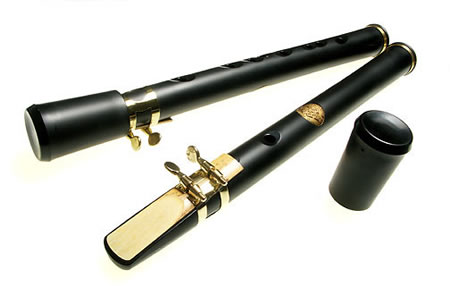The Literal/Figurative Theory
You know you've got a good jam session going when, by the end, you feel like you've just run a marathon with truck horns blaring at you all the while. The other day I had such a session- it lasted three hours, and we had a drummer, bassist, soprano, alto, tenor, and baritone saxophonists. Am I going to use this situation to explain how you should bring earplugs with you (or not to forget them at home) to such a jam session? While this is a valid point, I'm actually going to express an opinion of mine, as I usually do in these sorts of things, about something I considered while playing for those few hours.
This session, like most that I have, took place in my brother's high school, the one from which I graduated a couple years back. I occasionally play with a handful of competent young musicians, as I generally believe that jamming is an excellent way for everyone to learn. And indeed, I did learn something, or rather, realised something.
Let's call music a coin, for now. Like any coin, this one has two sides. These sides include the literal players and the figurative players. Literal players are those who excel at theory, sight reading, and mechanics- just to name a few. Figurative players are those who excel at playing by ear, improvising, and interpretation (of music), again, just to name a few. It is in my experience that musicians (generally) ten to identify more with one of these sides than the other. In addition, the more to one of the sides a musician is, the less they identify, perhaps, with the other. For example, I identify greatly with the figurative side of the coin. I'm great at embellishing, jamming, and I play many songs quite easily by ear. And yet, given this, I am quite poor when it comes to the literal side's qualities and skills. Sight reading is my greatest musical weakness, and my theory is lacking. Therefor, I am a god example of an extremely figurative bias.
 |
| There are a lot of words goin' on, so as a break, here's a picture of a horse playing a saxophone (that I totally did not steal from the Internet. . .) |
To digress, this literal versus figurative player bias theory of mine is evident during an intensive jam session like the one I recently experienced. Members of the figurative side of the coin will take control during a solo, flourishing openly at every turn, and trying new things often, while literal players will keep to certain licks, tricks, and paralleling chord changes more literally than their counterparts. The two are identical in 'jamability' (copyrighted word [...not really...]) -that is that one is not necessarily better than the other in a jam session. In fact, I'd say that a balance of both sides of this coin creates a more dynamic session: figuratives explode while literals stabilize, creating expansion.
This is simply an opinionated theory of mine, and, as I've said before, I'm speaking pretty generally. This said, it is something I personally hold true and, furthermore, use to identify and work with many players. I think, also, that it is a theory that you should test the next time you're jamming.

No comments:
Post a Comment